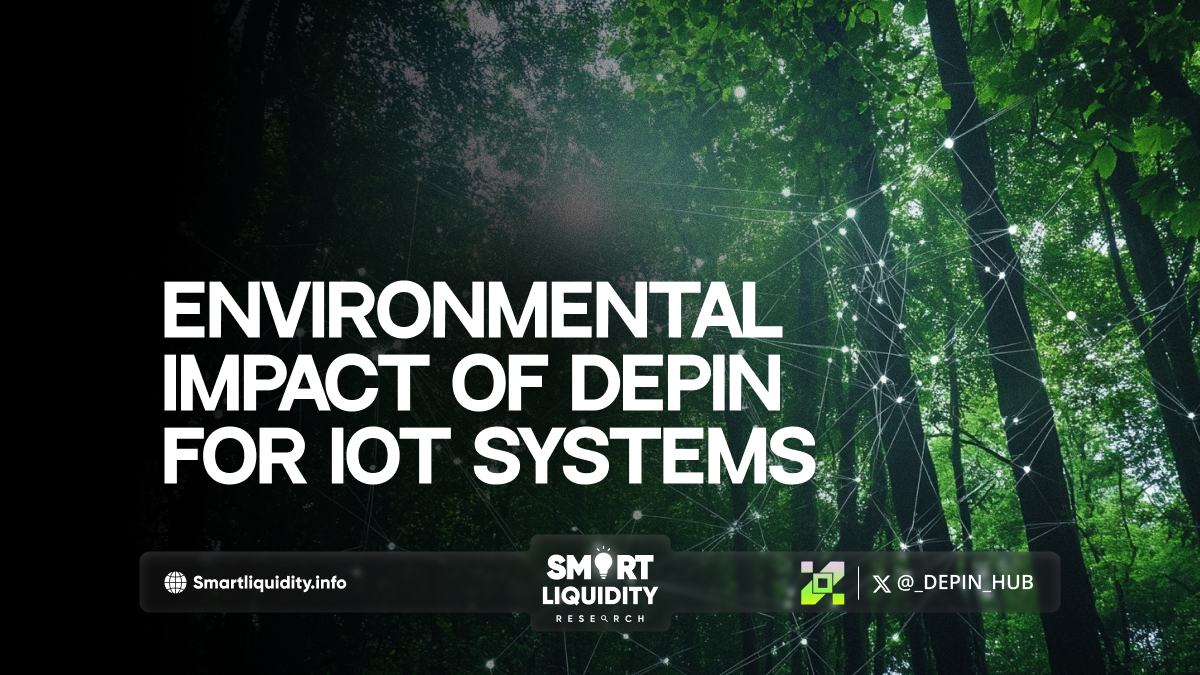The environmental impact of DEPIN for IoT systems


Decentralized Physical Infrastructure Networks (DEPIN) are emerging as a transformative model for Internet of Things (IoT) systems, where devices and networks operate in a distributed, self-sustaining manner. While DEPIN offers several advantages, such as reduced dependency on centralized data centers and enhanced security, it also has potential environmental impacts that need to be carefully considered.
One of the key environmental concerns of DEPIN is its energy consumption. As IoT devices proliferate across various sectors, they rely on numerous distributed nodes and communication protocols, leading to an increase in power usage. If not optimized, this can result in higher carbon footprints, especially if the infrastructure depends on non-renewable energy sources. Furthermore, the widespread deployment of IoT devices can contribute to e-waste, as older devices are discarded in favor of newer models, potentially exacerbating the global e-waste crisis.
On the positive side, DEPIN can offer energy efficiency benefits. By allowing for localized data processing, it reduces the need for long-distance data transmission, which can lower overall energy consumption. Additionally, integrating renewable energy sources into DEPIN infrastructure could further mitigate its environmental impact, supporting sustainable IoT systems.
In conclusion, while DEPIN for IoT systems holds significant promise, it requires careful consideration of its environmental footprint to ensure that its benefits outweigh potential ecological costs.
DISCLAIMER:
“The information provided on this platform is for general informational purposes only. All information on the platform is provided in good faith; however, we make no representation or warranty of any kind, express or implied, regarding the accuracy, adequacy, validity, reliability, availability, or completeness of any information on the platform.”




